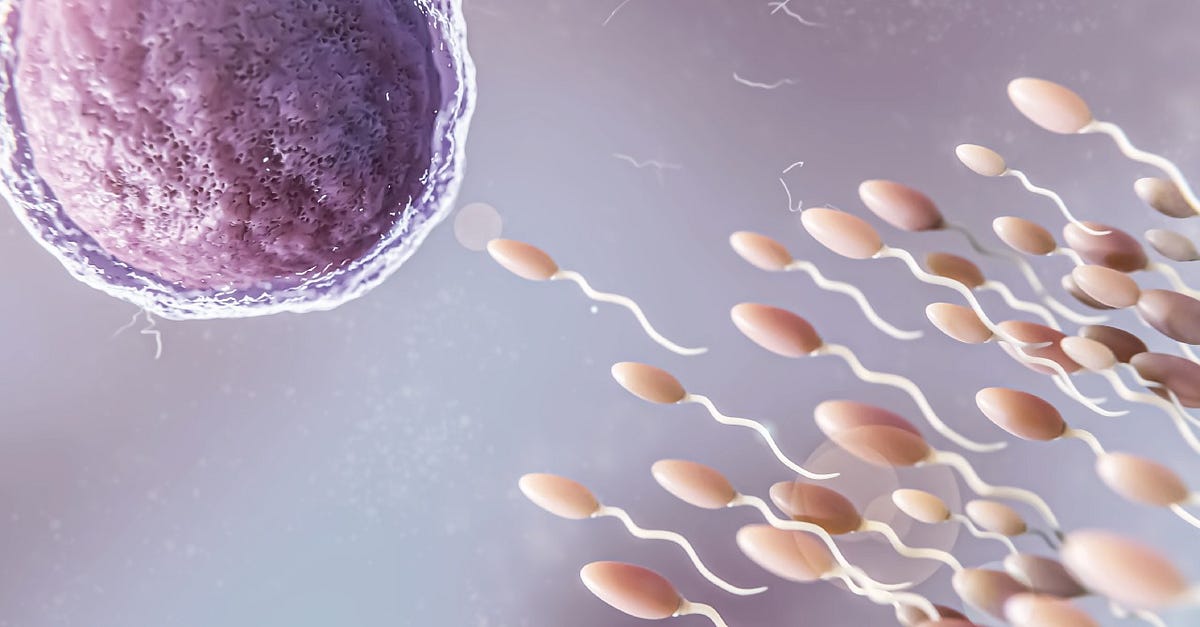An Understanding of the Different Causes of Infertility

A disorder known as infertility occurs when a person cannot conceive despite trying for a year. Many different factors can lead to this. These include endometriosis, low testosterone, low sperm count, and ovulatory problems. Age raises the chance of infertility. Patients with infertility have access to a range of therapy alternatives.
Know Infertility In-depth
One disorder of the reproductive system is infertility. It makes it difficult for people to become pregnant. It can happen for a variety of causes and impact anyone.
Getting pregnant involves the following steps.
- The reproductive hormones that regulate ovarian function are produced by your brain.
- Your ovary must mature an egg.
- Your ovary needs to discharge an egg.
- The fallopian tube needs to take the egg.
- To reach your fallopian tube, sperm must pass via your uterus and up your vagina.
- An embryo is created when the sperm fertilises the egg.
- The embryo enters your uterus through your fallopian tube and implants there.
- Pregnancy won’t occur if any of these procedures doesn’t occur.
If you are under 35, your doctor may diagnose infertility after a year of infertility treatment. Having regular, unprotected intercourse is the definition of trying to get pregnant. If you are 35 years of age or older and have frequent, unprotected sex for six months, your provider may diagnose infertility.
Contrary to popular belief, infertility is more common. Those who want to start or grow a family have access to a wide range of treatment alternatives.
Types Of Infertility
Types Of infertility include:
Primary infertility:This is what happens after a year of consistent, unprotected sexual activity if you have never given birth and are unable to conceive.
Secondary infertility:After at least one successful pregnancy, this is the point at which you are unable to conceive.
Unexplained infertility:This is what happens when an individual or couple’s infertility test results reveal no medical cause for their infertility.
Is Infertility Common?
Men and those assigned male at birth (AMAB) and women and those assigned female at birth (AFAB) are equally affected by infertility. Infertility is a prevalent issue. In the US, 1 in 5 women between the ages of 15 and 49 experience problems with primary infertility, and 1 in 20 experience problems with secondary infertility. Worldwide, almost 48 million couples struggle with infertility.
Symptoms Of Infertility
Being unable to conceive after six months or a year of regular, unprotected intercourse is the primary indicator of infertility. It’s possible that you’re symptom-free. However, some people could exhibit physical signs.
They could consist of:
Pelvic or abdominal pain
irregular menstruation, irregular vaginal bleeding, or none at all
Penile diseases or problems ejaculating
Causes Of Infertility
The reasons behind infertility are numerous. The reason you are not conceiving is not easily explained. The optimum Reproductive medicine course of action and cause identification are only possible by a healthcare professional.
Treatment for fertility depends mostly on the cause and your goals. Your age and the duration that you have been trying are factors while deciding the treatment.
Hope you found this information helpful. Wishing you a blissful parenthood!

Comments
Post a Comment